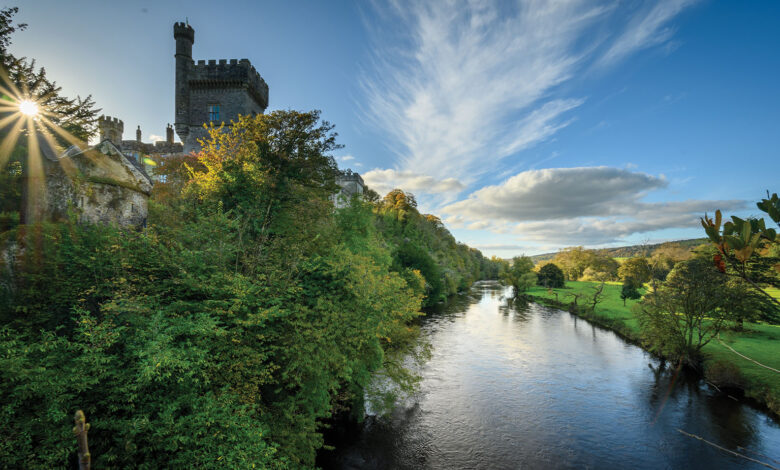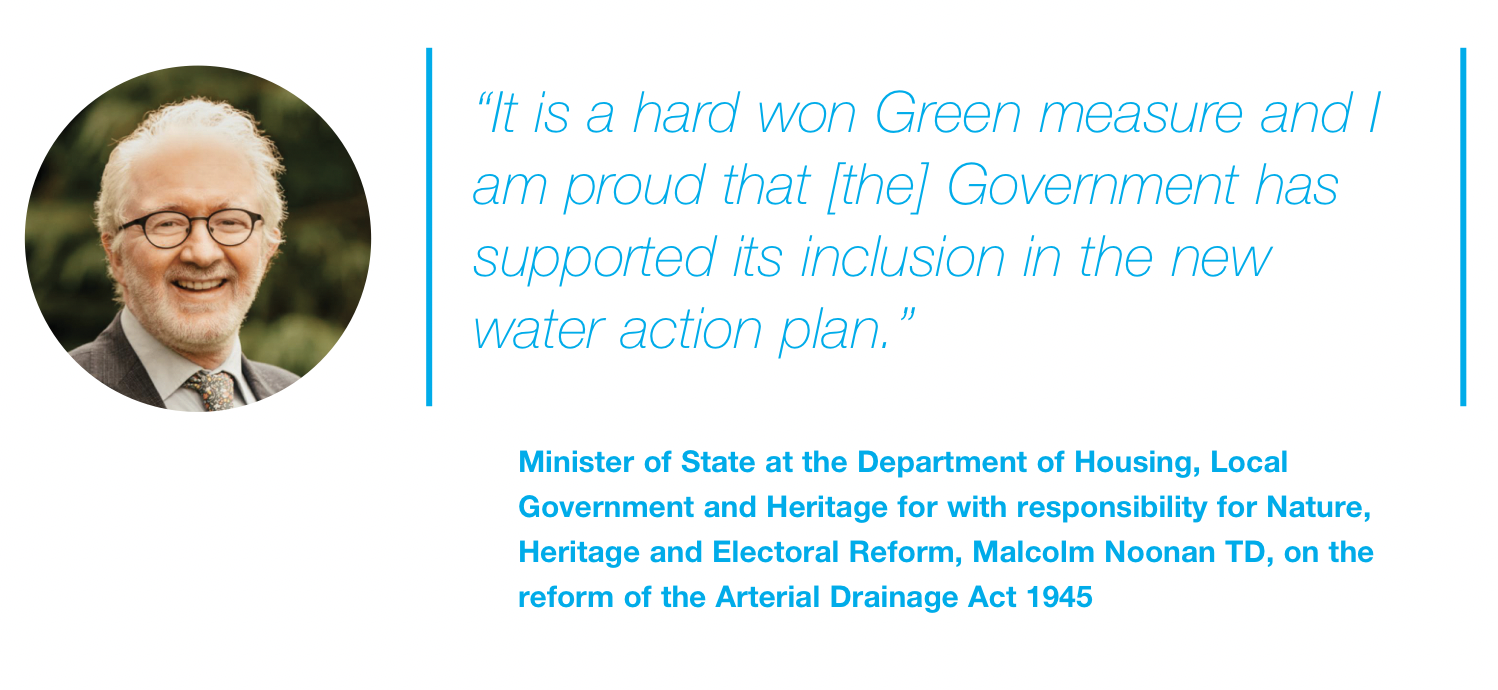Water Action Plan (WAP): Targeting pollution reduction

The Water Action Plan (WAP) – a revamp of the River Basin Management Plan – is calling for a change in approaches to flood management with the aim of reducing pollution in rivers and lakes.
The nature of the proposed changes under the WAP come in the form of reform of the Arterial Drainage Act 1945, with proposed revisions designed to “change the approach to flood management” in line with the State’s legal obligations under the Water Framework Directive.
The Water Framework Directive mandates EU member states to establish river basin management plans. However, the WAP, while incorporating the Directive’s broad objective of reducing pollution in EU river bodies, represents a departure from the established approach.
While Ireland has previously published strategies and plans under the framework of a river basin management plan, the last River Basin Management Plan 2018-2021 resulted in a decline in water quality in 428 of the 726 water bodies for which improvement was an objective, according to the Environmental Protection Agency (EPA).
Following this broad decline in water quality, the WAP establishes a new objective of 300 of the State’s waterbodies to reach “good” status or better by 2027, and for an end to further deterioration of water quality in the State’s water bodies.

Restoring natural river flow
The WAP objectives on flooding reform are that rivers should be able to flow in a natural cycle without artificial interference, with the objective of restoring natural ecosystems and enabling water infrastructure with increased investment, most notably wastewater treatment facilities. Funding is set to continue at current scales, with funding for Uisce Éireann coming to over €2.3 billion since 2020.
The new EU Nature Restoration Law allows for “the lateral flow of rivers” i.e. restoration of natural flood plains, as a key enabler of restoring climate resilience through restoration of natural ecosystems.
Ireland is experiencing a sustained decline in water quality, with half of the State’s rivers, one-third of lakes, and two-thirds of transitional waters classified as having ‘moderate’, ‘poor’, or ‘bad’ status.
The WAP includes removal of river-blocks preventing salmon and lamprey swimming upstream to spawn. These proposed changes are to be backed by new governance structures involving farmers, communities, NGOs, and industry.
The agricultural sustainability support and advice programme, known as ASSAP, and local authority-level water programme (LAWPRO) is to be extended, and the EPA will publish an annual progress report on enhancing water status. Local authorities are to get more than 60 new enforcement staff to conduct 4,500 farm inspections annually.
On nitrates, it will include tighter controls on the timing and methods of fertiliser application and reduce amounts that can be spread on grassland. There will be a requirement to reduce “the maximum derogation stocking rate on farms where water quality is at risk” – ie curb livestock numbers.
Minister of State at the Department of Housing, Local Government and Heritage for with responsibility for Nature, Heritage and Electoral Reform Malcolm Noonan TD commented on the reform of the Arterial Drainage Act 1945: “We are serious about tackling flooding, restoring nature and improving water quality, that is why it is so important to review this out-of-date legislation and make it fit for the 21st century.
“It is a hard won Green measure and I am proud that [the] Government has supported its inclusion in the new water action plan.”





